Few cities have seen as much turnover in leadership and influence from other cultures in a relatively short period of time as Manila, the capital of the Philippines. Throughout its history, Manila has found itself under the influence of China, Spain, the United States and Japan before finally becoming an independent nation at the end of World War II. So much of the things to see and do in Manila are made up by it’s past!

Today, Manila is the most densely populated city in the world, and with its multi-cultural history, there’s a lot to see in the capital of this archipelago. Once you’ve done these top 10 things to see and do in Manila, Philippines, you’ll have gained just a taste of what makes this city truly unique!

When the Spanish took the area that became the Philippines, they encountered a large Chinese population that had called Manila home for centuries. As the Spanish wanted the walled city of Intramuros for themselves, they chose to give the Chinese ex-pats who were willing to convert to Catholicism the Binondo area, given that they were already conducting most of their business there.

That made Binondo into the world’s first Chinatown, and it remains a mesh of Chinese and Filipino cultures to this day. Once you pass through the arch, you’ll see Chinese lanterns, smell Hokkien cuisine cooking and be able to purchase items you might expect to find in Beijing or Shanghai.
Check out our Manila in 4K Drone Video
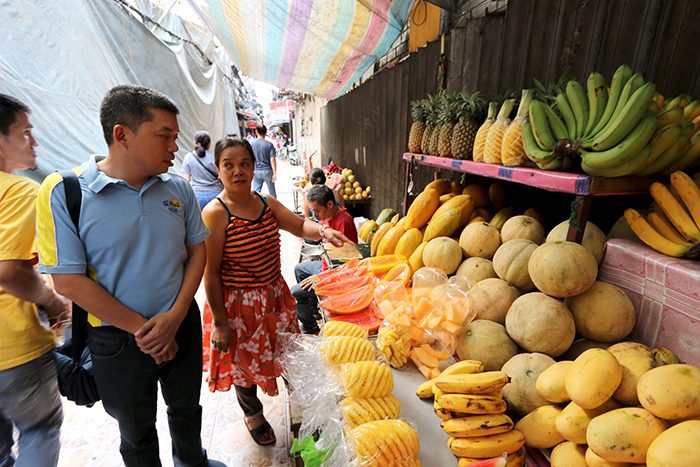
One thing you can’t leave Binondo without trying is a lumpia, which is basically a Filipino-Chinese spring roll. The roll is a lot bigger than what you’ll find in the U.S., and the mix of fresh vegetables and crunchy textures make it one of the best spring rolls I’ve ever tried!
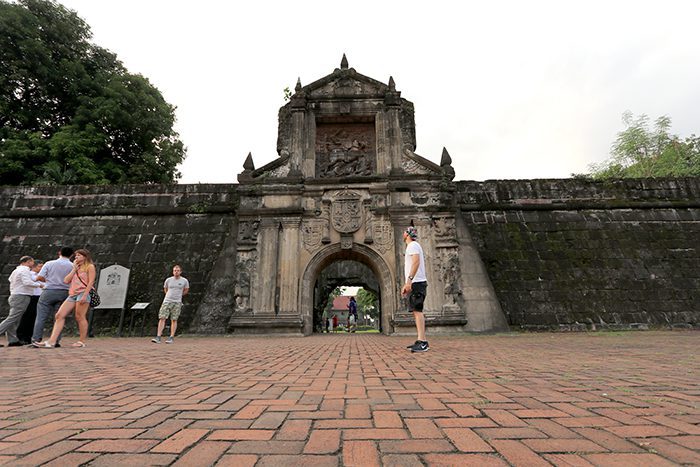
One thing that you need to know about Manila is that while it’s one city, it’s divided into 16 different administrative districts. One of these is the famous walled city of Intramuros, which is literally the Spanish name for “inside the walls”. Part of the defense of the walls came from Fort Santiago, which was gradually built up into a stone fort that eventually served as a military base for the Spanish, the British and the Americans.

Those days are over now, as the Filipino government declared the fort a shrine of freedom in 1950, and the fort is now viewed as a historical site — in fact, one of the most historical sites in the entire country.

Inside the walled city, the San Agustin Church served as both the main religious place of worship for Spanish Catholics as well as the main place of trade for the Spanish to make their nation rich.
Don’t forget to check out JetSet LifeStyle Blog!

As Manila was a port city under Spanish rule, the Spaniards would ship their goods from Manila to Acupulco in Mexico, making it easier for them to get their riches to Spain without having to cross through Asia. The end of Spanish influence came here as well, as the Spanish drafted the terms of their surrender of Manila to the United States here.

Today, the church and the monastery of San Agustin still exist, with the monastery dating back to 1607, making it the oldest monastery in the Philippines. It’s an incredible sight to view the architecture of the monastery, as it’s a Spanish colonial style that’s been adapted with materials and styles native to Asia. It’s also the only building in Intramuros that is truly from the Spanish colonial period, as it’s the one building that survived the leveling of Manila in World War II!
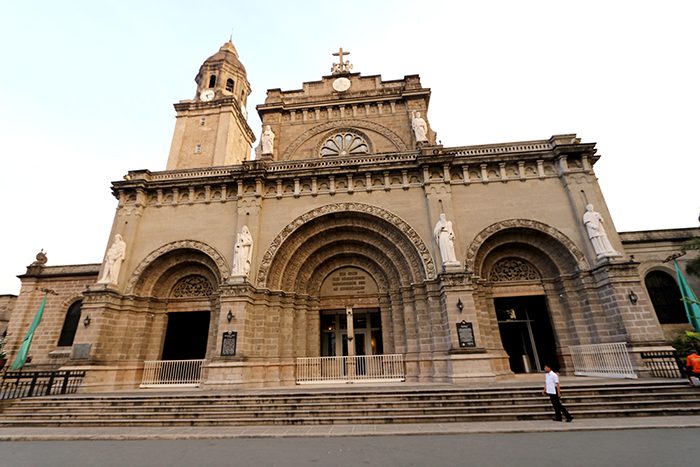
San Augustin Church might be the oldest church and monastery in Manila, but the home of the bishop has long been found here at Manila Cathedral. Manila Cathedral started as a simple church, but has been built and rebuilt several times over the years, with the most recent renovation coming in 2014.

In 2015, Manila Cathedral hosted a visit from Pope Francis, marking the third time that the Pope had celebrated a Mass in the country. Today, Manila Cathedral’s arches and dome combine to form a breathtakingly beautiful building that has been Manila’s lone basilica since 1981. It’s also right by Fort Santiago, making it easy to view two of the top 10 things to see and do in Manila, Philippines in a matter of hours!

One thing you’ll want to experience to get a taste of Filipino culture is a wet market. Wet markets feature everything that Filipinos need for their daily lives, offering vegetables, fruits and meats from the farmers. Why are they called wet markets? It’s because the floors are constantly wet because they’re cleaning meats and produce. By the same logic, dry markets don’t have to constantly clean the floors because they sell clothing.
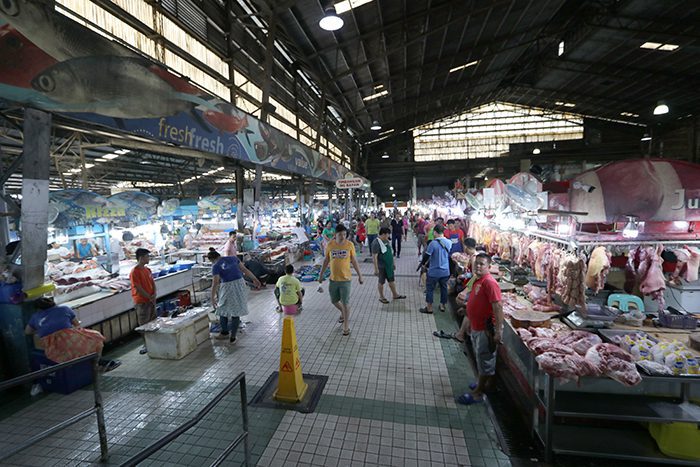
The Farmers Market Araneta Cubao is an example of both a wet and a dry market, and you’re able to buy your fill of vegetables, meats, fruits and spices before heading to a separate area to cook it yourself. At the Farmers Market Araneta Cubao, there’s also a set of restaurants where you can try genuine Filipino meal. The eggplant and deep-fried shrimp are both fantastic, and the mussels are among the freshest I’ve tried.

On the northeastern edge of metro Manila sits Quezon City, the largest city in the Philippines. Quezon City. Quezon City was the capital of the Philippines between 1948 and 1976 while Manila was being rebuilt, and it’s now home to nearly 3 million people. It’s also home to a giant wet market that features some of the freshest yellowfin tuna and sardines you’ll find in the Philippines as well as a giant stash of pretty much any fruit and vegetable you can think of that grows here.

You’ll also be able to drink fresh coconut water, and I highly recommend doing so. One thing you’ll discover quickly in Manila is that it’s hot at all times. The temperature rarely ever drops below 75 degrees Fahrenheit, and if you don’t have a fresh fruit drink or bottled water (I don’t need to tell you why it needs to be bottled water), you’ll be feeling the effects of the heat pretty quickly.

There aren’t many things worse than losing out on seeing the sights because you’re recovering from heatstroke!

If you’re a lover of fresh seafood, this market in Parañaque City is the place you need to visit. The Seaside Seafood and Wet Market is the largest place to buy seafood in metro Manila, and you’ll find everything from full crabs to grouper to eel here.

One popular thing to do here is take your purchase from the wet market directly to one of the nearby restaurants, where they’ll prepare it and serve it for you for just 175 Philippine pisos, a little more than three U.S. dollars. You’re not going to find a better deal to enjoy some of the freshest and best seafood that you’ll ever eat, so if you’re a seafood lover, this is something you shouldn’t miss out on doing!

BGC stands for Bonifacio Global City, and it’s the business and financial district of metro Manila. A few years ago, local artists chose to decorate the buildings in BGC to make the business area much more attractive. A driver or walker in BGC will now notice that virtually every wall and space available has some kind of art, from giant murals that take up several walls to subtle pictures that you can only see if you’re standing next to them.
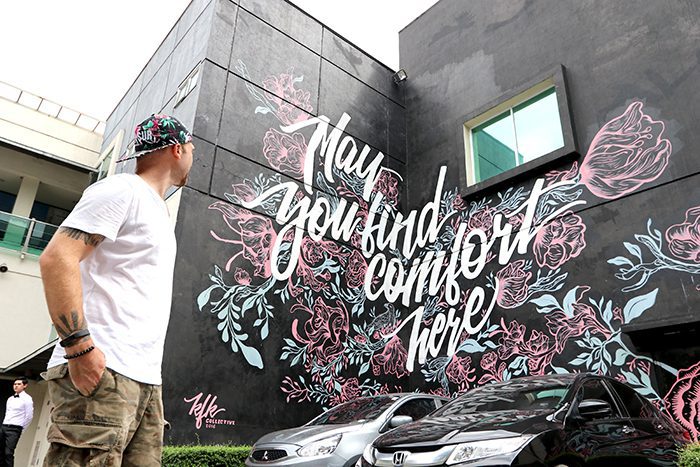
One of my favorite murals was a 10-story mural featuring a sky blue background and several painted shelves featuring a multitude of aesthetically pleasing images and items. Anytime a 10-story mural can look as good as this did, it’s a sign of an incredibly talented and dedicated artist.
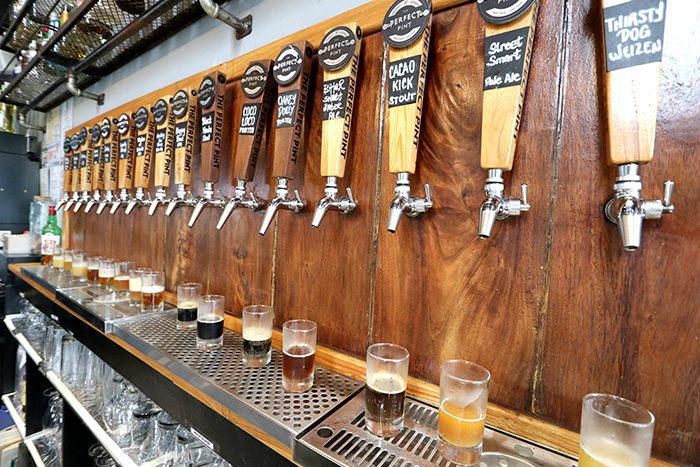
Any place that takes food as seriously as Manila does isn’t going to skip out on the alcohol. One of the best places to get some high-quality craft beers is the Perfect Pint, which has two locations, eight different fermenters and 21 different beers on tap. One great thing about the Perfect Pint is that all of their beers are made in-house, without a single guest beer on their menu.
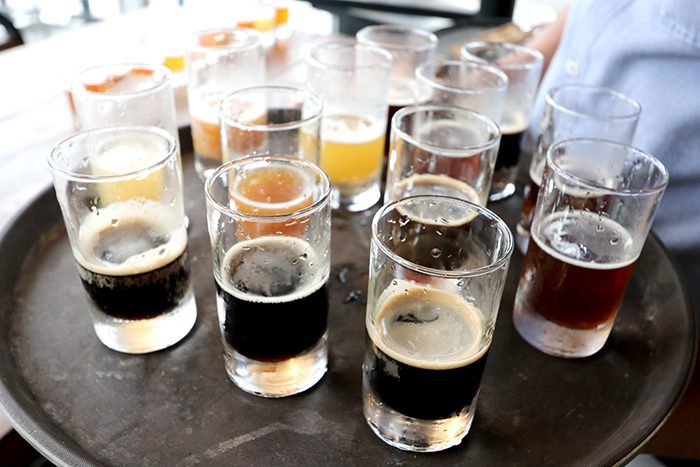
The beers range from the traditional hoppy IPAs to the smooth pale ales to the truly unique of all kinds. Among the most unique beers is the Habanero IPA, which is exactly what its name implies, spicy with a hint of fruitiness.

Other great choices include the bittersweet amber ale, featuring flavors of blueberries, strawberries and grapefruit, the Coco Loco Porter, which tastes strongly of coconut, and my own personal favorite, the Oakey Dokey Porter. The Oakey Dokey isn’t aged in a barrel, but it has bourbon infused into it, and I certainly wasn’t missing the age in this fantastic beer.

If you’ve got an appetite at night, this is the place to go. Poblacion features several unique dishes, including sisig, which featured basically every part of the pig in one pork dish. While it might seem strange at first, it’s worth eating because the taste is truly incredible. It’s a fatty dish because of all that pork, but it’s crispy, flavorful and spicy, which is my idea of perfection.

On the other side of the spectrum, we have balut. Balut is the kind of dish you try once to say you’ve tasted it, and that’s usually it. Balut is a fertilized duck egg that’s been incubated for two to three weeks, which means the embryo and liquid are both in the egg. It’s often eaten with salt or another kind of seasoning.

It’s…not the worst thing that I’ve ever eaten, but it’s not something that I’d enjoy anywhere else. I’d prefer isaw, which are actually chicken intestines. Actually, when dipped in vinegar, they’re chewy, flavorful and well-spiced. Who knew?

Finding a great hotel is an important part of your stay no matter where you are, and Azumi Boutique is a high-quality hotel that’s close to just about everything in Manila.

The hotel’s minimalist design obscures the fact that this is a great place to relax and recover after each exciting day of exploring Manila. For a truly unique experience, check out Azumi Boutique’s saltwater pool that overlooks the city at night — it’s a view that you won’t soon forget!
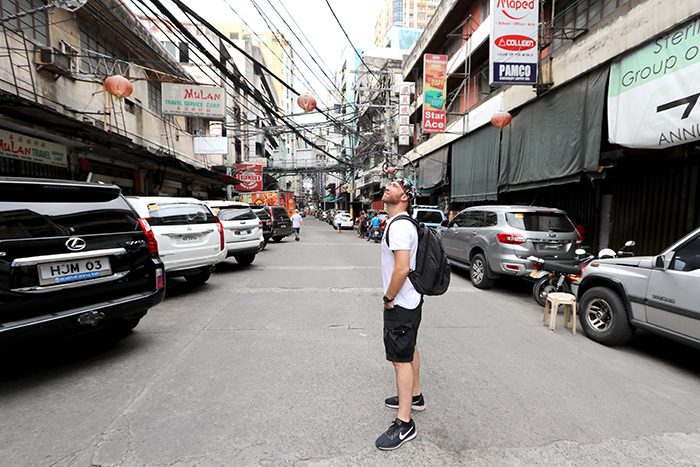
Manila has long been an under-appreciated destination, in part because of its reputation for crime over the past few decades. But the metro area is becoming safer these days, and if you take the same precautions you would in any big city, you’ll be able to enjoy yourself in a truly unique location.

One thing’s for sure: these top 10 things to see and do in Manila, Philippines will be among the most unforgettable experiences you’ll have in your travels!
Counter
101 Countries • 1432 Cities